In this final part of the series, I’m going to finish choosing the parts for my new gaming rig. So far, we’ve got CPU, RAM and motherboard. These are very important parts of any computer, but we’re still missing some crucial pieces.
Graphics Card
This is the meat of a gaming rig, isn’t it? At the end of the day, your FPS (or “fips“) and gaming experience are largely dictated by your video card. And the field is huge. If I thought CPU model numbers arbitrary and RAM specs transparent as a battleship bulkhead, then this is the moment I’ve been dreading.
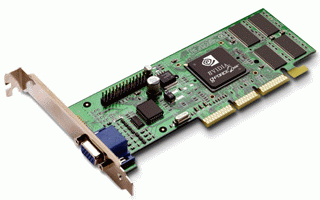
Back in the day, life was easy. ATI was only just finding their feet, so I was able to boil the choice down to Nvidia GeForce2 (easy on the wallet) or the GeForce3 (easy on the eyes). The current state of play is much more confusing. It’s still a toss-up between these two brands, but they sell so many models.
With a sigh, I start up the searches again. Once again, it’s Tom to the rescue with “Best Graphics Cards For The Money: June 2012“. Conveniently, this article is organized by price and tests each card against a number of benchmarking programs and games.
So, let’s look at the $160-$270 range which is right in the middle. Actually, I’m going to be really lazy and go with the reviewer’s recommendations. The one choice I’m going to make is to take a more recent model so I don’t have to replace the card in 12 months. That leaves us with ATI’s Radeon HD 7850. Easy. Hunting around the local vendors that I’m probably going to be shopping with, I can even choose a specific card: Gigabyte puts out a 2GB overclocker’s model for around $270.
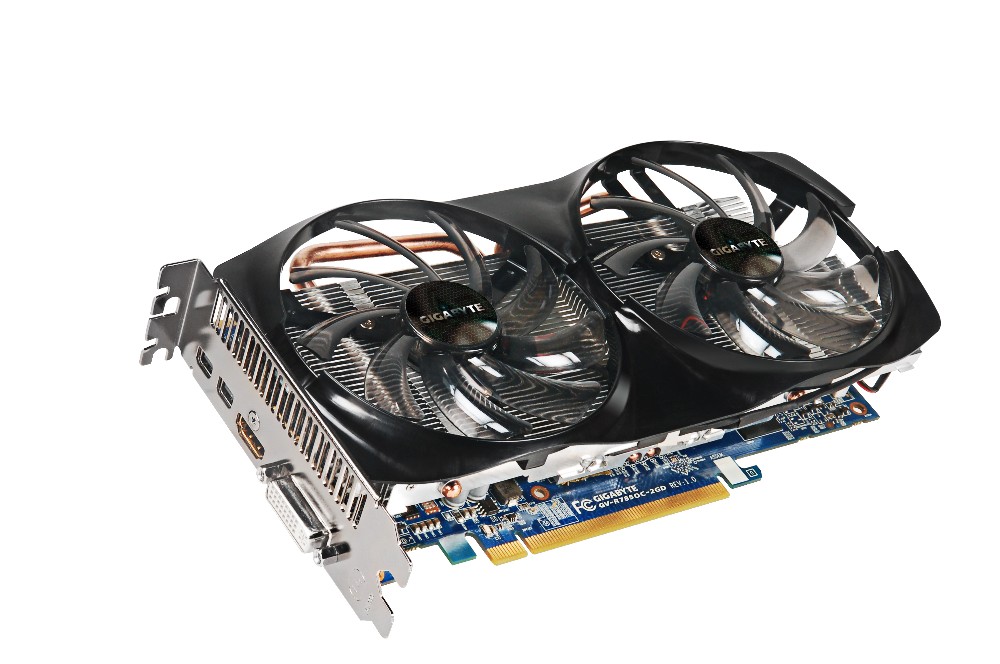
Power Supply
Time to detour to some boring but necessary components. One part that I never really gave much thought to was the power supply. My last machine came with a PSU in the case. Most gaming cases don’t come with a PSU since gamers have varied power needs. That, and many case manufacturers also produce PSUs, so there’s a bit of a vested interest.
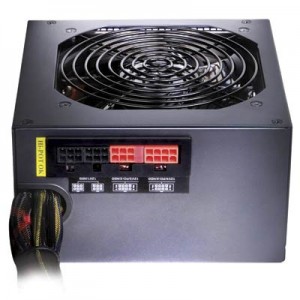 I haven’t really done the calculations, but I’m vaguely aware that I need an output of about 550W. Let’s make it 650W just to be safe. Apparently, there’s an efficiency rating for these things now, and 80PLUS Bronze is pretty good, so we’ll make sure to choose a unit with that. And modular cabling would be nice, so I don’t have loose wires cluttering up the airflow inside my case.
I haven’t really done the calculations, but I’m vaguely aware that I need an output of about 550W. Let’s make it 650W just to be safe. Apparently, there’s an efficiency rating for these things now, and 80PLUS Bronze is pretty good, so we’ll make sure to choose a unit with that. And modular cabling would be nice, so I don’t have loose wires cluttering up the airflow inside my case.
I ended up choosing the Antec TP-650. It doesn’t have modular cabling, but it meets all other requirements and is relatively cheap.
Storage
Finally, a subject that doesn’t confuse me very much. I know what I want, and I have a decent idea of what to select. Let’s not beat around the bush.
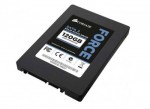 System drive: Corsair Force Series 3 120GB SSD. I need an SSD for fast boot times, and to put my more regularly-used games and programs on so they load quickly. This is important with LOTRO because I often make use of travel options that use a loading screen, rather than long rides on horseback on the countryside. A must have.
System drive: Corsair Force Series 3 120GB SSD. I need an SSD for fast boot times, and to put my more regularly-used games and programs on so they load quickly. This is important with LOTRO because I often make use of travel options that use a loading screen, rather than long rides on horseback on the countryside. A must have.
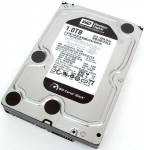 Data drive: Western Digital Caviar Black 1GB. A good solid drive. This is just a gaming machine, so I don’t need to go cramming in a huge drive. I’m almost tempted to either drop the capacity or the model grade to the more economical Caviar Green. I might do both if it will save me enough money.
Data drive: Western Digital Caviar Black 1GB. A good solid drive. This is just a gaming machine, so I don’t need to go cramming in a huge drive. I’m almost tempted to either drop the capacity or the model grade to the more economical Caviar Green. I might do both if it will save me enough money.
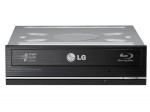 Optical: LG CH12LS28 Blu-ray Reader. It reads Blu-ray, it reads and burns DVD, and it even does Lightscribe if I want. And it’s cheap.
Optical: LG CH12LS28 Blu-ray Reader. It reads Blu-ray, it reads and burns DVD, and it even does Lightscribe if I want. And it’s cheap.
Case
This part is kind of like shopping for a car. There’s the basic functionality, and then there’s the styling. All gaming cases claim great cooling systems (like mesh bodies, strategically placed fans for optimal airflow, etc, etc), so I’m going to require only one thing: USB3.0 ports on the front. Everything else will be chosen by my aesthetic taste and budget.
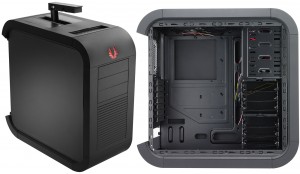 Originally, I had settled on the Bitfenix Survivor. It’s got a funky carry handle, a nice matte finish.
Originally, I had settled on the Bitfenix Survivor. It’s got a funky carry handle, a nice matte finish.
Availability of the Survivor from Sydney vendors seems to be dwindling though, so I decided to change that to the CoolerMaster Storm Enforcer. I definitely like this one better. The styling is reminiscent of articulated armour plates, and the fan vents on the front and top expose the fans nicely for some LED goodness.
Also, the Enforcer has a window in the side panel, which is important to P.
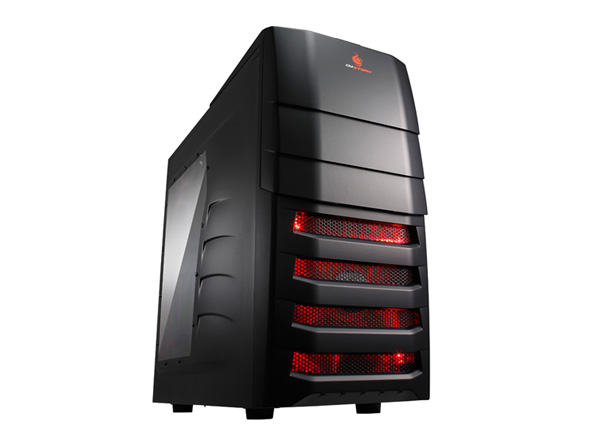
So that’s it: my fully kitted out gaming rig. I still have a monitor, so I’m not going to fork out for another one just yet. Likewise, my keyboard, mouse and headset don’t need replacement. Once you throw in a copy of Windows, my calculations put this rig somewhere between $1400-$1500, which is a price I’m willing to pay.
This rig is moderately powerful, but has room to grow. I’m looking forward to getting the parts together and building it. I’m thinking of doing a timelapse video of that, so keep an eye out.
Is it enough? Too much? Got parts that you think I should consider? Let me know in the comments.